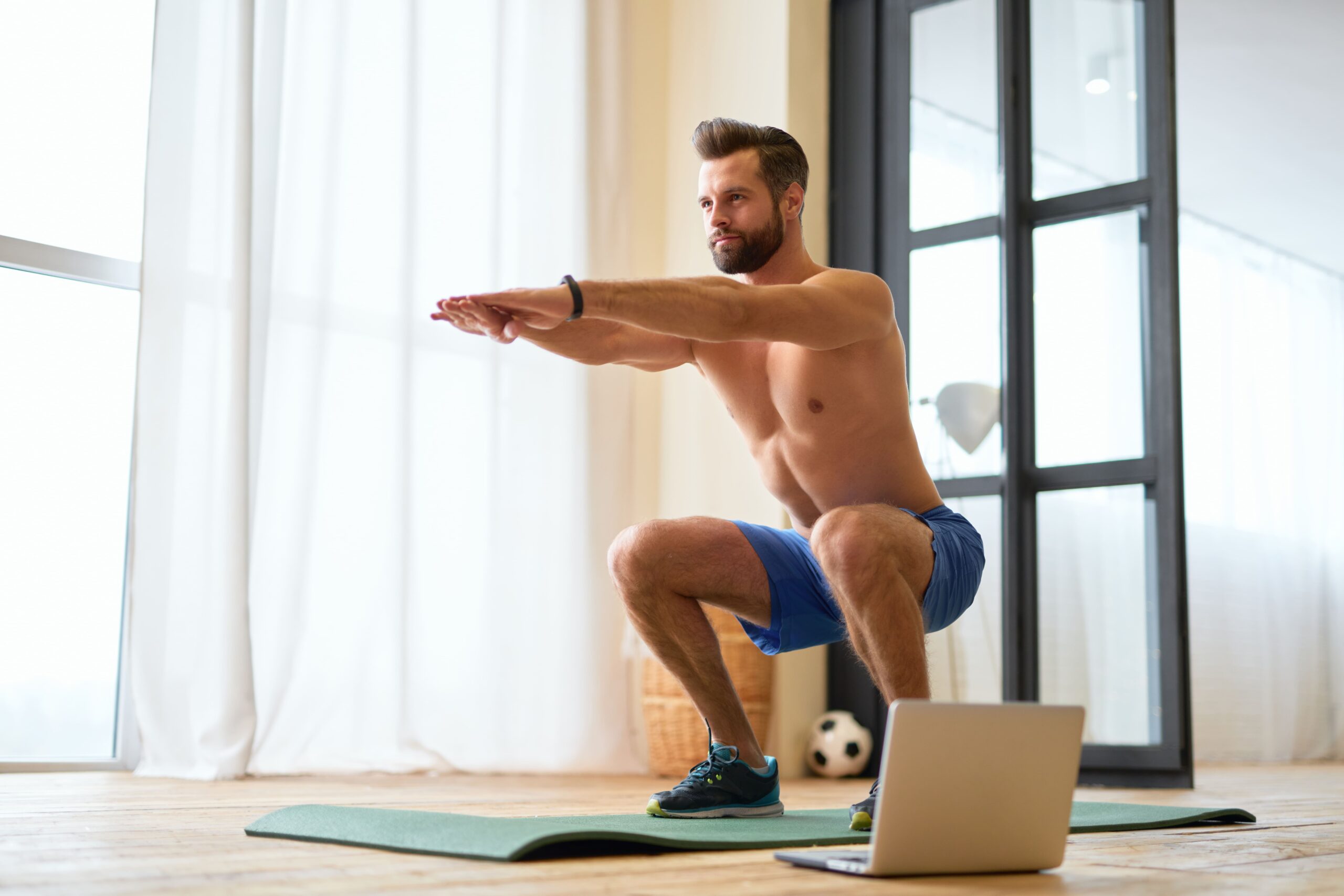The best strategies for your home workout

Many people have moved their fitness regimen from the gym to their own homes during the pandemic. And initial studies show that many don’t want to go back to the gym either. So to ensure that your home workout is also thriving, here are the best tips and strategies:
You can also stay fit at home
It doesn’t necessarily take fancy high-tech equipment to stay fit. You can also work out with your body weight, fitness bands, dumbbells, kettlebells, and other exercise equipment. It doesn’t cost the earth, and the workout options are many. The only drawback is the lack of professional supervision during the exercises, but that’s not always the case in the gym.
The training frequency
Your muscles need both regular and sufficiently intense stimuli, as well as time to recover to get stronger. If you want to keep fit with strength training in general, you should do three to four sessions a week. The units should last between 30 and 60 minutes. With three workouts a week on non-consecutive days, you have two options:
- You perform a full-body workout in each session. You should plan around 45 to 60 minutes for this, including warm-up and warm-down.
- Or you can do a full-body workout day, one where you focus on the upper body and one where you focus on the lower body.
- You should plan 45 to 60 minutes; for an upper or lower body workout, 30 minutes can be enough.
- The advantage of a full-body workout is variety. However, if you are looking for more muscle volume, you should split because you can do more sets and reps before your body gets tired.
You should target many muscles
The ideal strength training routine consists of a balanced exercise mix that targets all major muscle groups. If you focus only on specific muscles, you risk muscular imbalance. This negatively affects your overall fitness level and increases the risk of injury. Here is a selection of exercises:
- Squats are a staple in the repertoire of both full-body and lower-body workouts. Here’s everything you need to know about them.
- Other great exercises for the lower body include Bulgarian squats, deadlifts, good mornings, and kettlebell swings.
- For the upper body, bench press, pushups, and tricep dips are trendy exercises, each of which you can also do with many variations to target many muscle groups.
- For arms and shoulders, biceps and triceps curls and shoulder presses and pull-ups are ideal. Exercises with resistance bands are also perfect.
- Other great exercises for a variable workout are lunges in different variations and Farmer’s Walk.
- An exercise that should not be missing is planks, which you can also perform in different variations. Here is the video that goes with it:
A few training tips
Depending on how much time you invest per training session, you have different options. You can do a workout with 20 to 40 repetitions. In this way, you mainly train the necessary strength endurance. If you have a little more time, you can also do conventional strength training with 3 to 5 sets of 8 to 12 repetitions and a break of 30 to 120 seconds. Here you can then work quietly with higher weights or resistances. If you are looking for muscle growth, higher stimuli are necessary. More about this here.
Ongoing progress through variability
Even if you work out regularly, ongoing progress is not always guaranteed. But you can avoid this by making your home workout as varied as possible. This includes the weights, the intensity, the pauses, the training volume, and the exercise variations. This concept is known as progressive overload.
- You can do this based on body awareness. If you find exercises easier after a few weeks of training, you should react accordingly.
- You can increase the weight, shorten the rest or make the exercise more challenging.
- But do not overdo it. Small changes can make a big difference.
Special focus on your core
A very personal tip from me: train your core muscles in every training session. Critics may object that most full-body exercises also train the core. In my opinion, however, it is so vital that additional ones do no harm. You have two options:
- Either you do different core exercises, like mainly planks and sit-ups.
- Or you always do a core exercise before each full-body workout.
Free online fitness offers
Motivating, with good explanations and extensive programs. Those who like to train under guidance can also do online fitness. My five favorites are: